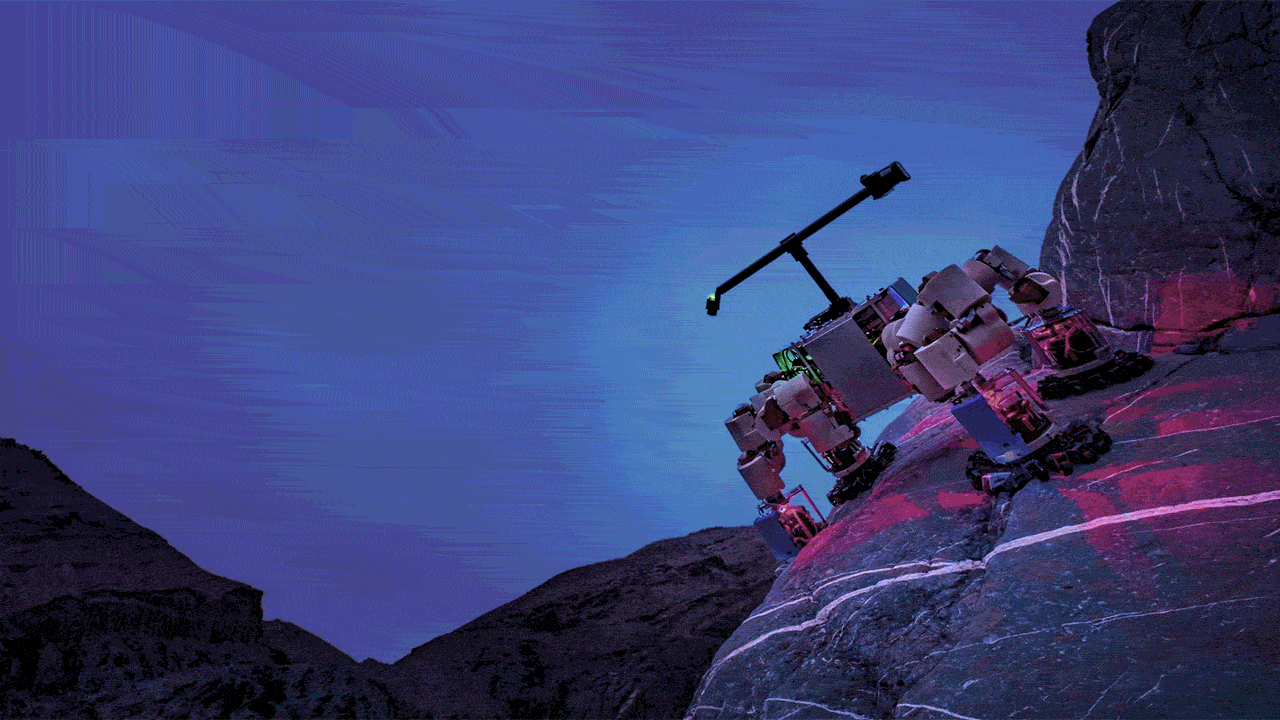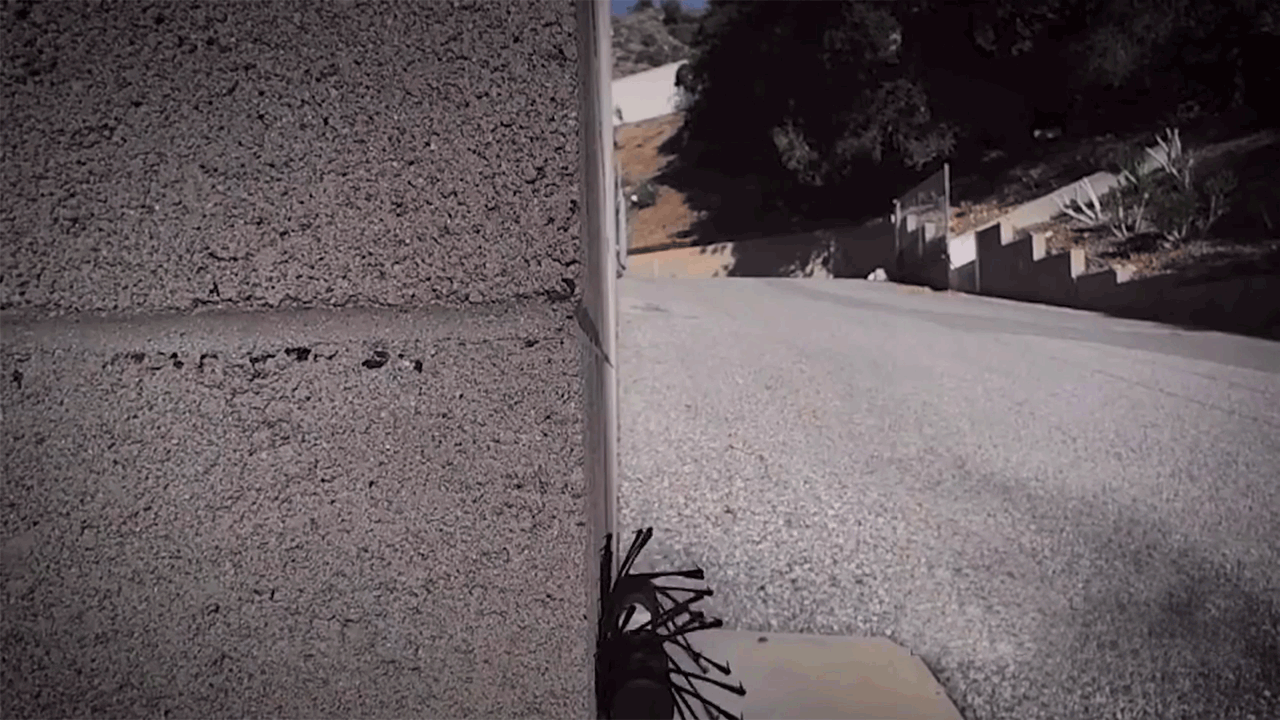Fox News Flash top headlines for July 11
Fox News Flash top headlines for July 11 are here. Check out what's clicking on Foxnews.com
NASA is no stranger to building robots, having created ones that are currently exploring Mars, traveling to the International Space Station and ones that look like inflatable "aliens."
But now the space agency is working on robots that are capable of doing more than just drive and explore — these robots can climb.
Known as LEMUR (Limbed Excursion Mechanical Utility Robot) and built at NASA's Jet Propulsion Laboratory in Pasadena, Calif., this four-limbed robot is able to scale walls made of rock, utilizing fishhooks in its 16 fingers and artificial intelligence. In a blog post, JPL said that in its latest field test, LEMUR was able to climb up a cliff "while scanning the rock for ancient fossils from the sea that once filled the area."

The climbing robot LEMUR rests after scaling a cliff in Death Valley, California. The robot uses special gripping technology that has helped lead to a series of new, off-roading robots that can explore other worlds. (Credit: NASA/JPL-Caltech)
NASA, MIT ENGINEERS RE-IMAGINE AIRPLANE WING, UNVEIL FUTURISTIC NEW DESIGN
No relation to the four-legged mammal that lives on Madagascar, LEMUR was designed to originally be a repair robot for the ISS. However, its usage may well be much more than that, helping "lead to a new generation of walking, climbing and crawling robots," the blog post added.
LEMUR-inspired robots include the Ice Worm, which "moves by scrunching and extending its joints like an inchworm" and is able to climb ice walls by drilling into them. It utilizes LEMUR's AI and is being tested on glaciers in Antarctica and ice caves on Mount St. Helens.

Ice Worm climbs an icy wall like an inchworm, an adaptation of LEMUR's design. (Credit: NASA/JPL-Caltech)
The two largest planets in the solar system, Saturn and Jupiter, have icy moons, including Europa, which has plate tectonics and could be a potential home for life.
Other robots include RoboSimian, which was originally built by DARPA for disaster relief and has wheels made of piano wire instead of feet; micro-climbers, which are "small enough to fit in a coat pocket but strong enough to scale walls and survive falls up to 9 feet;" and the Underwater Gripper, one of the gripping hands developed from LEMUR.
NASA UNVEILS STUNNING PICTURES OF GALAXY THAT LOOKS LIKE STAR TREK ENTERPRISE
The Underwater Gripper could potentially be sent to an asteroid, not that dissimilar to what NASA is doing with its OSIRIS-Rex spacecraft, which recently reached the Bennu asteroid.

A tiny climbing robot rolls up a wall, gripping with fishhooks - technology adapted from LEMUR's gripping feet. (Credit: NASA/JPL-Caltech)
There's also the helicopter that will join the Mars 2020 rover on the upcoming mission to the Red Planet to hunt for alien life. The helicopter could also "cling to Martian cliffsides," utilizing designs from LEMUR, in addition to flying around Mars.
"While there, the robot would recharge its batteries via solar panels, giving it the freedom to roam and search for evidence of life," the blog post added.
